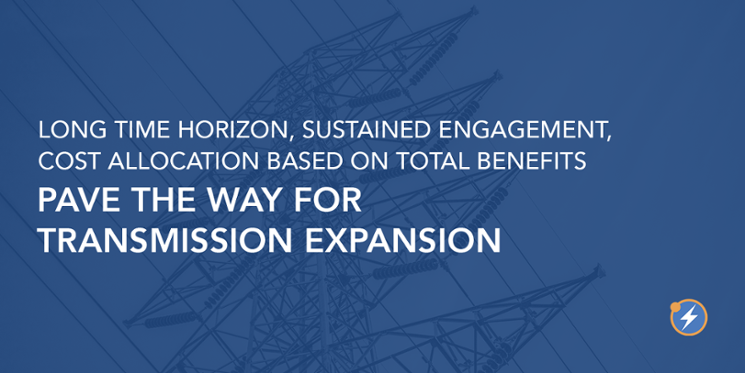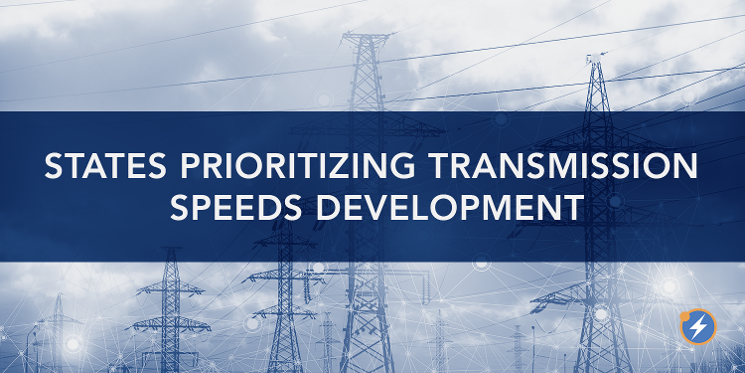
On July 25, the Midcontinent Independent System Operator (MISO) Board of Directors approved an ambitious long-term plan to expand transmission infrastructure in the MISO North and Central regions (now called MISO Midwest) to serve growing demands for renewable energy and improve system reliability. The Long-Term Regional Transmission Plan (LRTP) is the second such major long-term regional transmission plan approved by MISO in the past 12 years, building on the Multi-Value Projects (MVP) transmission plan approved by MISO in 2011. MISO’s long-range planning efforts in MISO Midwest can serve as a national model for how to conduct long-range transmission planning to meet the needs of a changing generation resource mix. Meanwhile, the fact that the MISO South region will not see a similar plan until 2024 at the earliest demonstrates the challenges that must be overcome to ensure such effective planning happens everywhere – and leads to development of the transmission needed for a clean energy future.

/PJM%20MOPR%20Substitute.png?width=750&name=PJM%20MOPR%20Substitute.png)
/SEEM%20is%20it%20a%20market.png?width=750&name=SEEM%20is%20it%20a%20market.png)
/MOPR%20%26%20More%20image-745.png?width=745&name=MOPR%20%26%20More%20image-745.png)